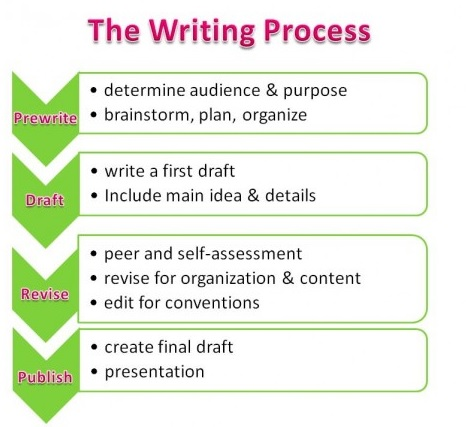Unit 4: Writing—Using Strategies to Fine-Tune Writing
Unit 4: Writing—Using Strategies to Fine-Tune Writing

Unit 4: Writing—Using Strategies to Fine-Tune Writing
 Unit 4: Writing—Using Strategies to Fine-Tune Writing
Unit 4: Writing—Using Strategies to Fine-Tune Writing
Unit Focus
Fine-tuning your writing involves refining and polishing your work to ensure clarity, coherence, and effectiveness. Here are some strategies to help you fine-tune your writing:
Outline Your Ideas: Before you start writing, create an outline to organize your thoughts and structure your content. Outline the main points you want to cover and the order in which you will present them. This will help you stay focused and maintain a logical flow throughout your writing.
Start Strong: Grab the reader's attention from the beginning with a strong introduction. Use an engaging hook, compelling anecdote, or thought-provoking question to draw readers in and make them want to continue reading.
Focus on Clarity: Aim for clarity in your writing by using simple and straightforward language. Avoid jargon, technical terms, or convoluted sentences that may confuse readers. Be concise and precise in your expression, conveying your ideas clearly and effectively.
Use Active Voice: Whenever possible, use active voice instead of passive voice to make your writing more direct and engaging. Active voice adds clarity and immediacy to your sentences, making them more dynamic and impactful.
Edit for Conciseness: Review your writing to identify and eliminate unnecessary words, phrases, or repetitions. Tighten your prose by cutting out filler words, redundant expressions, and extraneous details that do not contribute to your main message.
Check for Consistency: Ensure consistency in your writing by maintaining a consistent tone, style, and voice throughout your piece. Pay attention to formatting, punctuation, and grammar to maintain a professional and polished appearance.
Provide Supporting Evidence: Back up your arguments and claims with relevant evidence, examples, and citations. Use data, statistics, quotes, and research findings to support your points and enhance the credibility of your writing.
Create Smooth Transitions: Use transition words and phrases to create seamless connections between ideas and paragraphs. Transitions help guide the reader through your writing, making it easier to follow your train of thought and understand the relationships between different parts of your piece.
Read Aloud and Revise: Read your writing aloud to yourself or someone else to identify any awkward phrasing, unclear sentences, or grammatical errors. Pay attention to the rhythm, flow, and coherence of your writing, and revise as needed to improve clarity and readability.
Seek Feedback: Share your writing with peers, mentors, or writing groups to get feedback and constructive criticism. Consider their suggestions and recommendations for improvement, and use them to revise and refine your work further.
Take Breaks and Revise: Give yourself time to step away from your writing and come back to it with fresh eyes. Taking breaks allows you to gain perspective and approach your work with a critical eye, making it easier to identify areas that need revision or fine-tuning.
By implementing these strategies and dedicating time to fine-tune your writing, you can elevate the quality of your work and communicate your ideas more effectively to your audience.
Vocabulary
Lesson Reading
Videos and Interactives (Click on Images to View Content)


